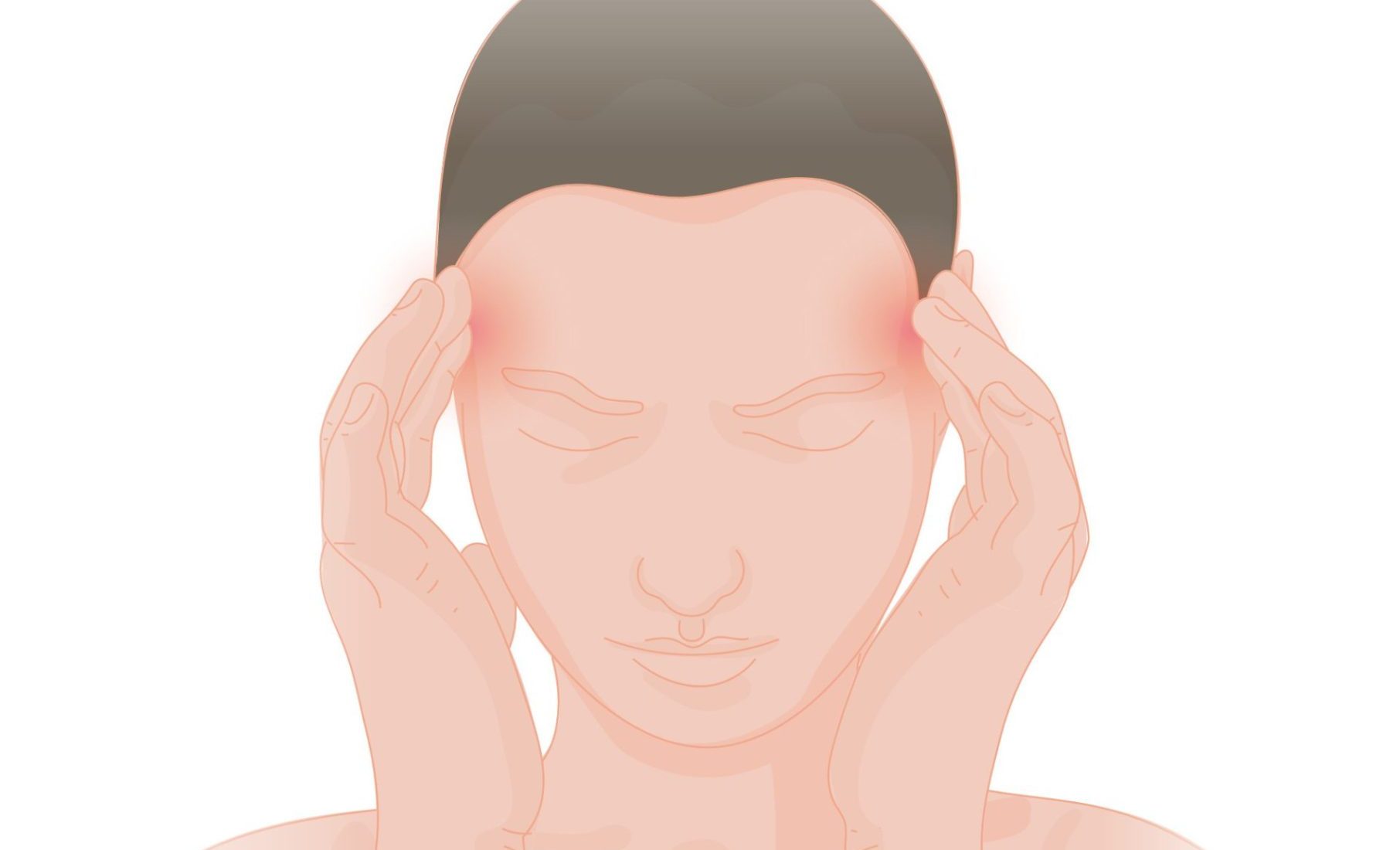Migraine is a neurological disorder characterized by recurrent, severe headaches that are often accompanied by other symptoms such as nausea, vomiting, and sensitivity to light and sound. Migraine attacks can be debilitating and severely impact a person’s daily activities and quality of life.
Managing migraines requires a comprehensive approach to reduce the frequency and severity of attacks, alleviate symptoms, and improve overall well-being. While physiotherapy cannot cure migraines, it can play a supportive role in the treatment process by addressing contributing factors, providing pain relief, and promoting relaxation.
The treatment of migraines typically involves the following five stages of rehab:
- Pain management: The initial focus is on managing pain and providing relief during a migraine attack. Physiotherapists may employ various techniques such as manual therapy, soft tissue mobilization, and modalities like heat therapy or cold packs to alleviate pain. They may also recommend relaxation techniques, breathing exercises, and stress management strategies to help calm the nervous system.
- Range of motion: While migraines primarily involve head pain, tension and stiffness in the neck and shoulders can contribute to the frequency and intensity of attacks. Physiotherapists prescribe gentle stretching and range of motion exercises to improve flexibility and relieve muscle tension in the neck, shoulders, and upper back. These exercises aim to promote relaxation and reduce trigger points that may exacerbate migraines.
- Motor control: This stage focuses on improving posture, body mechanics, and movement patterns to minimize the strain on the neck and upper back. Physiotherapists provide education on ergonomics, proper sitting and standing posture, and techniques to avoid prolonged static positions. They may also teach relaxation techniques, such as progressive muscle relaxation or mindfulness, to help individuals manage stress and reduce the risk of triggering a migraine.
- Strength and endurance: Building strength and endurance in the muscles that support the neck and shoulders can help improve posture and reduce muscle imbalances that may contribute to migraines. Range Physiotherapists will design a personalized exercise program that targets the neck, upper back, and shoulder muscles. These exercises may include strengthening exercises with resistance bands, free weights, or bodyweight exercises.
- Maintenance and prevention: The final stage focuses on maintaining the gains achieved through rehabilitation and implementing strategies to prevent future migraine attacks. Range Physiotherapists may provide guidance on lifestyle modifications, stress management techniques, and relaxation exercises. They may also recommend regular exercise, adequate sleep, and identifying and avoiding trigger factors that can precipitate migraines.
In addition to physiotherapy, other treatment options for migraines may include medications to prevent or manage attacks, lifestyle modifications, cognitive-behavioural therapy, and dietary changes.
It is important to work closely with a healthcare team, including a physiotherapist and physician, to develop an individualized treatment plan for managing migraines. Range Physiotherapists will assess your condition, develop a tailored rehabilitation program based on the stages of rehab, and provide ongoing support and guidance. With proper treatment, education, and lifestyle modifications, individuals with migraines can experience a reduction in the frequency and severity of attacks, improved pain management, and an improved overall quality of life.
For more information regarding Migraine management please see: https://www.physio-pedia.com/Migraine_Headache?utm_source=physiopedia&utm_medium=search&utm_campaign=ongoing_internal


